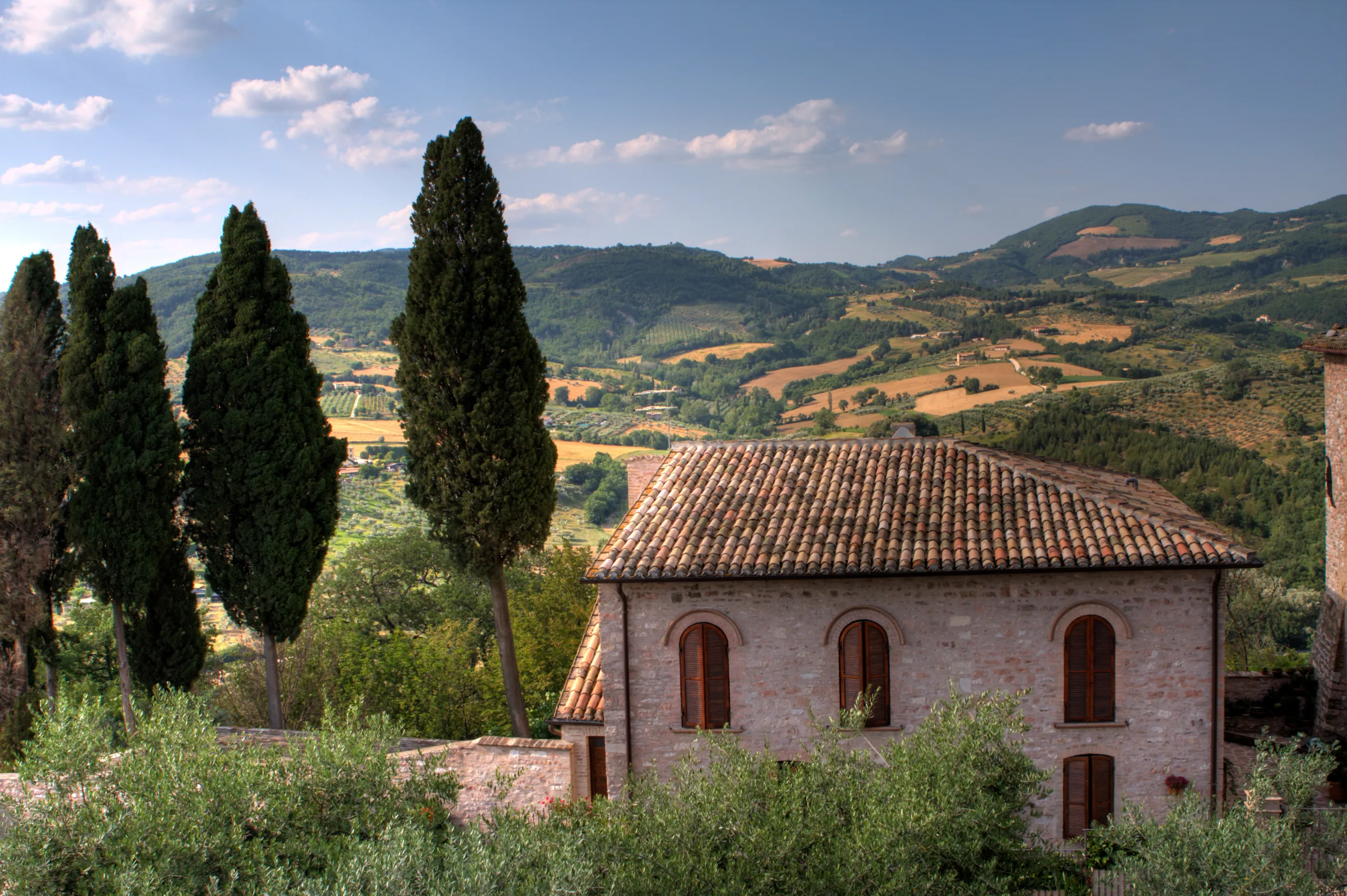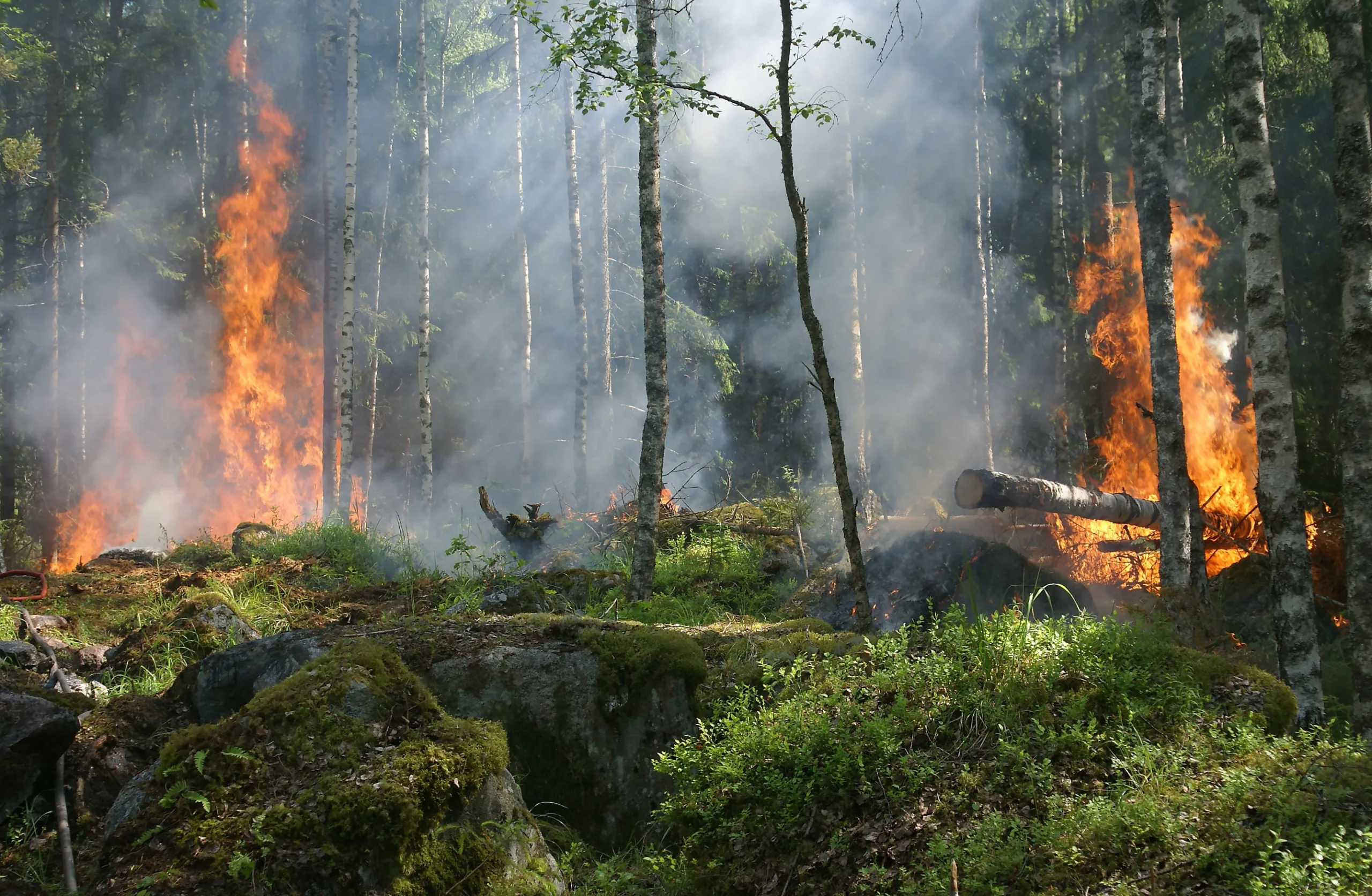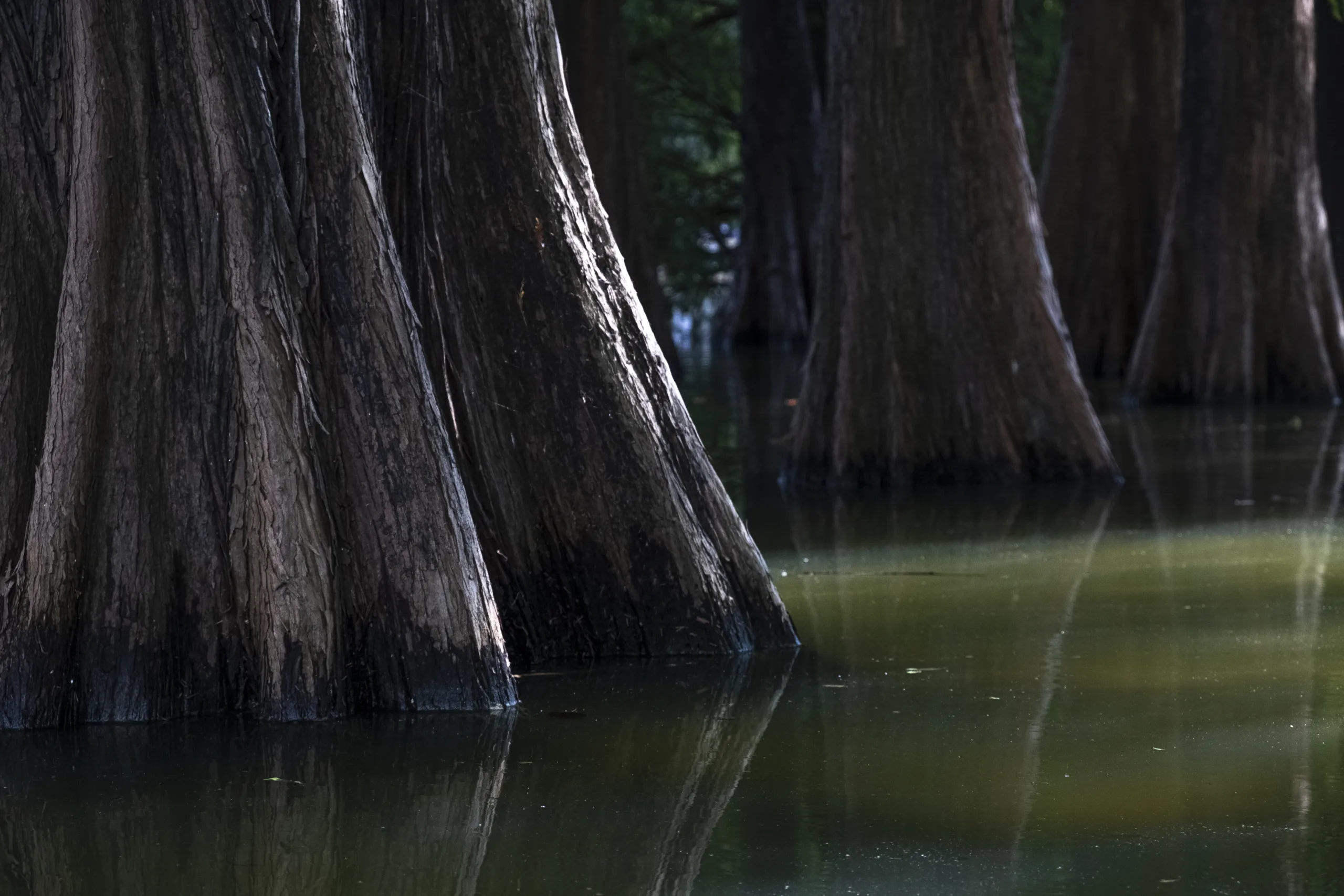Are Cypress Trees A Fire Hazard? This is a question many people living in the wildland urban interface (WUI) are asking. Living in the WUI can be precarious, and having a solid understanding of which vegetation can increase the risk of fire is essential for safety. In this article we will discuss the characteristics of cypress trees, and evaluate whether they are a fire hazard or not.
We will look at the factors that make a tree more flammable, such as its bark, leaves, and other features. Additionally, we will examine how fires spread through cypress trees and what you can do to protect your property from potential fires. Finally, we will review some tips on how to choose fire-resistant trees for landscaping your property in areas prone to wildfires.Yes, Cypress Trees are a fire hazard. They have a high oil content, and when burned, they release flammable oils that can ignite nearby objects or other trees.
Factors that Make Cypress Trees Fire Hazards
Cypress trees are highly flammable and can cause serious damage to property or vegetation during a wildfire. The combination of the tree’s resin-filled needles and branches, its thick bark, and its ability to burn quickly make it a fire hazard. There are several factors that make cypress trees more likely to be affected by wildfire.
One of the most significant factors is the high resin content of the tree’s needles and branches. This resin acts as a fuel when exposed to heat, allowing the flames to spread quickly. The thick bark of the tree also contributes to its potential as a fire hazard: it acts as an insulator, trapping heat and allowing it to spread rapidly throughout the tree.
In addition, cypress trees have shallow root systems that can be easily disrupted by strong winds or other weather events. This makes them more vulnerable to wind-blown sparks, which can start fires in areas with dry vegetation or combustible materials nearby.
Finally, cypress trees are highly flammable because they contain large amounts of volatile oils and waxes that ignite easily in hot temperatures or from sparks from fires in nearby areas. These oils and waxes are released as smoke during a fire, making it difficult for firefighters to control the blaze.
Overall, cypress trees pose a significant risk for wildfire due to their high resin content, thick bark, shallow roots systems, and high levels of flammable oils and waxes. Taking proper precautions such as removing dead vegetation near the tree is essential in reducing risk of a wildfire caused by cypress trees.
Types of Cypress Trees Most Susceptible to Fire
Cypress trees are among the most popular trees used in landscaping and forestry, as they provide strong structural support and can thrive in a variety of climates. However, they are also highly susceptible to fire, making them a potential hazard if not taken care of properly. The most common type of cypress tree that is particularly vulnerable to fire is the Monterey cypress, which is native to the Central Coast of California. This species is often found near beaches, where wildfires are more common. Additionally, the Gowen cypress, which is native to Texas and Oklahoma and found primarily in coastal areas, is also highly susceptible to fire.
Other types of cypress trees that may be vulnerable to fire include Arizona cypress, Italian cypress, Lawson’s cypress, and Tidewater red cypress. These species grow in various regions across the United States and can be found in habitats ranging from dry prairies to wetlands. Arizona cypress grows primarily in arid regions of the Southwest; Italian cypress thrives in Mediterranean climates; Lawson’s grows along the Pacific coast from California to British Columbia; and Tidewater red grows along swamps and rivers throughout the southeastern United States.
The amount of risk posed by these types of trees depends on several factors. As with any type of vegetation near fire-prone areas, proper management practices must be implemented in order to minimize risk. Pruning branches regularly will help reduce potential fuel for fires while mowing grass around these trees can create a buffer zone that can slow down advancing flames. Additionally, homeowners should avoid planting these species close together as this increases their vulnerability to fire spread. Taking these precautions can help protect your property from potential fires caused by these types of trees.
In short, Monterey Cypress and Gowen Cypress are among the most vulnerable types of Cypress Trees when it comes to Fire susceptibility but other varieties such as Arizona Cypress, Italian Cypress, Lawson’s Cypress or Tidewater Red Cypress may also present some level of risk depending on their location and other factors such as proper pruning or mowing grass around them for protection from advancing flames.
Reducing the Risk of Fire Damage from Cypress Trees
Cypress trees are a common sight in many landscapes, but they can be vulnerable to fire damage if not taken care of properly. To reduce the risk of fire damage from these trees, it is important to practice good tree maintenance. This includes removing dead and decaying branches, pruning away any low-hanging branches that could easily catch fire, and keeping the tree free of debris, such as leaves and twigs. In addition, it is important to create a buffer zone around the tree to prevent flammable materials from coming in contact with it. This buffer zone should be at least 10 feet wide and can include gravel or other nonflammable materials.
It’s also important to regularly inspect Cypress trees for signs of disease or insect infestation. Diseases and pests can weaken a tree’s structure, making it more likely to catch fire in the event of an emergency. If any signs of disease or insect infestation are found, it is important to treat them immediately in order to prevent further damage and reduce the risk of fire damage.
Finally, it is essential to keep vegetation around Cypress trees well-maintained and watered regularly. Overgrown vegetation can create a ladder effect that allows fires to quickly spread up into the canopy of Cypress trees. By keeping vegetation trimmed back and watered on a regular basis, this ladder effect can be greatly reduced.
Why Some Cypress Trees are More Prone to Fire Damage than Others
Cypress trees are one of the most popular varieties of trees used in landscaping and other outdoor applications. However, some types of cypress trees are more prone to fire damage than others. This is due to the fact that different types of cypress have different levels of natural fire resistance. Some species have thick bark that can protect them from low-intensity fires, while others have thin bark that can be easily damaged by high-intensity fires. Additionally, some cypress trees contain higher amounts of resin which can act as a fuel for the fire and increase the amount of damage it causes.
In addition to their natural fire resistance, the location of cypress trees can also affect how much damage they sustain from a fire. Trees located in areas with high levels of wind or other forms of turbulence are more likely to suffer from fire damage because these conditions can help spread the flames quickly throughout the tree. Similarly, trees located close to other combustible materials such as wood or dry brush will also be more susceptible to fire damage because these materials will help fuel the flames.
Lastly, the age and health of a cypress tree can have an effect on its susceptibility to fire damage. Older trees tend to have thicker bark and therefore may be better able to resist fire damage than younger trees with thinner bark. Similarly, healthy trees will usually be better able to resist fire damage than unhealthy ones since they will have a stronger immune system and fewer dead or weak branches that could easily ignite during a wildfire.

What Makes Cypress Trees a Viable Fuel Source for Wildfires?
Cypress trees are a viable fuel source for wildfires due to their high combustibility, abundance in regions prone to wildfire, and hardy nature. Cypress trees are highly flammable and burn quickly when exposed to heat or sparks. This makes them an ideal fuel source for wildfires, as they can easily spread the fire to other areas. Additionally, cypress trees grow abundantly in dry climates and areas prone to wildfires, providing plenty of fuel for the fire. Finally, cypress trees are tough and resistant to drought and disease, allowing them to survive in conditions where other trees may not. This makes them an invaluable resource for fighting wildfires, as they can provide fuel even in areas where other vegetation is sparse.
In conclusion, cypress trees make an excellent fuel source for wildfires due to their combustibility, abundance in areas prone to wildfire, and hardy nature. By providing a reliable source of combustible material for the fire, cypress trees help firefighters contain and control the blaze more efficiently.
How to Prevent Wildfires Around Cypress Trees
Cypress trees are a popular choice for landscaping, and they can provide much-needed shade to a home in the hot summer months. However, they are also vulnerable to wildfires, which can cause significant damage to the trees and the surrounding area. To prevent wildfires from occurring near cypress trees, there are several precautions that property owners can take.
The first step is to create a buffer zone around the tree. This should be cleared of any combustible material such as dry leaves, brush or grass clippings. Additionally, a three foot wide strip of gravel should be installed along the perimeter of the tree to act as an additional fire barrier.
It is also important to maintain proper hydration levels for the tree. Cypress trees require regular watering during the dry season in order to maintain healthy moisture levels in their bark and branches. Property owners should consult an arborist if they have any questions about watering frequency and amounts needed for their particular species of cypress tree.
In addition, it is important to inspect the tree regularly for any signs of disease or distress that could make it more susceptible to catching fire. Any dead branches or leaves should be promptly removed from the tree and disposed of properly. Additionally, any nearby trees that could potentially spread fire should be trimmed back or removed completely.
Finally, it is essential to create and maintain an adequate firebreak around the cypress tree that will help prevent a wildfire from spreading quickly if one does occur. This can include creating wide swaths of cleared land between properties or planting native grasses and shrubs that are less likely to catch fire quickly. By taking these steps, property owners can help ensure that their cypress trees remain safe from wildfires in their area.
The Benefits of Planting Cypress Trees in High Risk Areas
Cypress trees are known to be some of the hardiest and most resilient trees in nature, making them ideal for planting in high risk areas. The thick bark of the cypress tree provides protection from strong winds, fire and flooding. These trees also have a high salt tolerance, making them perfect for coastal areas that are prone to storms and flooding. Cypress trees also help to prevent soil erosion by trapping sediment and creating a buffer against the elements. Furthermore, their deep roots act as anchors during storms and floods, helping to keep soil in place.
In addition to their resilience, cypress trees can also provide other benefits when planted in high risk areas. These trees can improve air quality by filtering out pollutants and providing oxygen for the environment. They can also help reduce noise levels due to their dense foliage, which acts as a natural sound barrier. Moreover, these trees are great for providing habitat and food sources for wildlife. They provide shade and shelter from extreme weather conditions as well.
The Risks of Planting Cypress Trees in High Risk Areas
Although there are many benefits of planting cypress trees in high risk areas, there are also risks associated with this practice. One potential risk is that these trees can become too large or spread too quickly if not managed properly. This could lead to overcrowding of other vegetation or disruption of ecosystems. Additionally, cypress trees require plenty of water to survive and thrive which could be difficult to provide in some areas where there is limited access to water resources.
Another risk associated with planting cypress trees is their susceptibility to disease or pests. The dense foliage of these trees can create a perfect environment for the growth of pests such as aphids or scale insects which can cause damage or even death if left unchecked. Finally, these trees may not always be adapted to the local climate which could lead to decreased survival rates or stunted growth.
Overall, while there are risks associated with planting cypress trees in high risk areas, there are also many potential benefits that make this an attractive option for those looking for resilient plants that can provide protection from extreme weather conditions such as storms and floods.

Conclusion
Cypress trees are a fire hazard and should be planted with caution. If planted in an area with little to no vegetation, they should be placed far away from buildings. Cypress trees can also ignite due to their thick bark and resinous wood, so they should not be planted too close to structures or combustible materials. Lastly, homeowners should take preventative measures such as pruning, thinning out dense patches, and cleaning dried leaves and debris to reduce the risk of a fire.
Although cypress trees may pose a risk of fire, they are still a popular choice for landscaping due to their aesthetic appeal and wide range of benefits. With proper preventative measures taken and careful consideration when planting them near buildings or combustible materials, homeowners can enjoy the beauty of cypress trees without having to worry about their safety.

My interest in trees started when I first saw the giant sequoias in Yosemite.
I was a teenager then, and I remember thinking, “I need to learn more about this.”
That moment stuck with me.
A few years later, I went on to study forestry at Michigan Tech.
Since graduating, I’ve worked in a mix of hands-on tree care and community education.
I’ve spent over ten years helping people understand how to plant, maintain, and protect the trees in their neighborhoods.
I don’t see trees as just part of the landscape.
They are living things that make a real difference in our daily lives.
